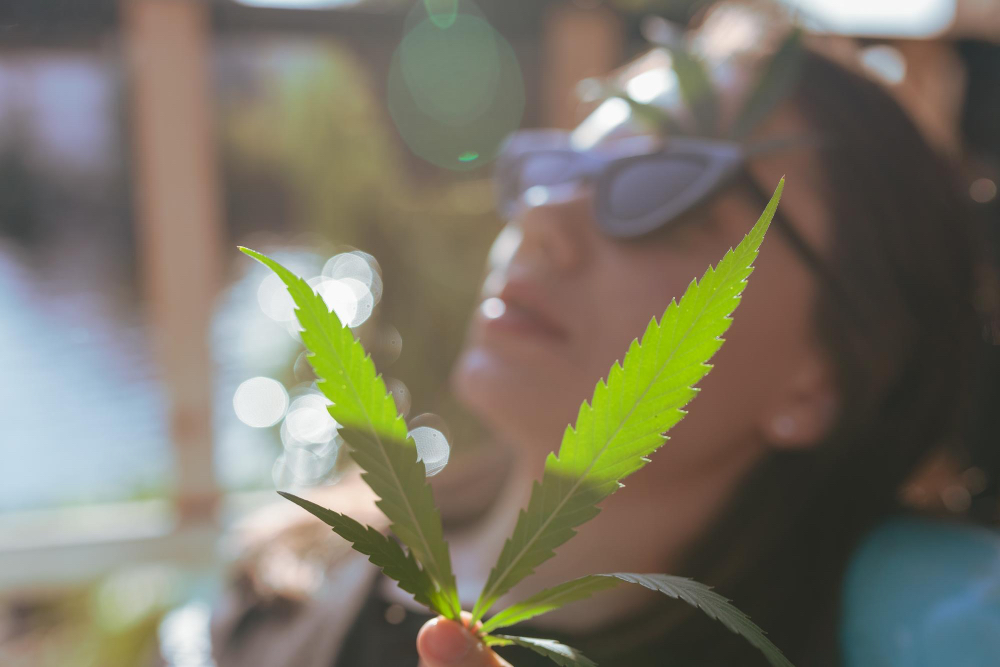Low Stress Training (LST) is a popular technique among cannabis growers for increasing yields and managing plant growth. By gently bending and securing branches, LST helps you shape the plant to receive more light and grow more efficiently. Although LST can be highly effective, common mistakes may thwart its success; here is a guide that can help you avoid these missteps and maximize results from Low Stress Training efforts.

Post Contents
Understanding Low Stress Training
What is Low Stress Training?
Low Stress Training involves manipulating the plant’s shape by bending and tying down branches. This method allows more light to reach lower parts of the plant, promoting more even growth and increasing bud production. Unlike high-stress techniques that involve cutting or breaking the plant, LST is gentler and minimizes recovery time.
Benefits of LST
- Increased yields: More light exposure leads to more bud sites.
- Better light distribution: Ensures all parts of the plant get enough light.
- Controlled growth: Helps manage plant height and shape, ideal for indoor grows.
Common Mistakes to Avoid
Starting Too Late
Mistake: One of the most common mistakes is waiting too long to start Low Stress Training. The best time to begin training your plants is when they are young and flexible.
Solution: Start LST when your plant has at least 4-6 nodes. Younger plants are easier to bend and train without causing damage.
Bending Too Much, Too Fast
Mistake: Applying too much pressure or bending branches too quickly can cause them to snap or become stressed.
Solution: If necessary, gradually bend the branches over a few days. Gentle, slow adjustments help prevent breakage. If a branch does break, use plant tape or a splint to support it while it heals.
Not Securing Branches Properly
Mistake: Failing to secure branches firmly can cause them to spring back to their original position, undoing your hard work.
Solution: Secure branches with soft plant ties, garden wire, or even pipe cleaners. Ensure they are tight enough to hold the branch in place but not so tight that they cut into the stem.
Overcrowding the Plant
Mistake: Allowing too many branches to grow without proper spacing can lead to overcrowding, reducing light penetration and airflow.
Solution: Regularly assess and adjust your plant’s structure to maintain good branch spacing. Remove any leaves or small branches that block light to bud sites.
Ignoring Plant Signals
Mistake: Not paying attention to how your plant responds to LST can lead to overstressing the plant.
Solution: Monitor your plant closely. If you notice signs of stress, such as wilting, yellowing leaves, or slowed growth, give the plant time to recover before continuing with LST.
Not Adjusting Ties
Mistake: Forgetting to adjust ties as the plant grows can result in restricted growth or even damage the stem.
Solution: Regularly check your ties and adjust them to accommodate new growth. Ensure they are not constricting the stems as they thicken.
Using the Wrong Tools
Mistake: Using harsh or unsuitable tools can damage the plant and complicate the LST process.
Solution: Invest in the right tools. Soft plant ties, garden wire, and fabric straps are gentle on the plant and effective for securing branches. Avoid using string or materials that can cut into the plant tissue.
Neglecting Environmental Factors
Mistake: Ignoring the importance of environmental factors like light, temperature, and humidity can affect the success of LST.
Solution: Maintain optimal growing conditions for your plant. Ensure it receives adequate light and keeps temperature and humidity levels within the ideal range for cannabis growth. A healthy environment supports faster recovery and growth after training.
Best Practices for Successful LST
Plan Your Training
Before you start, visualize how you want your plant to grow. A clear plan helps you make strategic adjustments and achieve the desired shape more effectively.
Be Consistent
Consistency is key to successful LST. Regularly check and adjust your ties, and continue training throughout the vegetative stage. Consistent effort leads to a well-structured plant and better yields.
Combine with Other Techniques
To maximize your plant’s potential, consider combining LST with other training techniques like topping or defoliation. Topping can create more main colas, while defoliation removes unnecessary leaves that block light.
Keep Learning
Every plant is different, and there’s always something new to learn. Join online forums, read articles, and watch videos from experienced growers. Sharing experiences and learning from others can help you refine your LST techniques.
Conclusion
Low-stress training can be an invaluable technique for cannabis growers, but understanding and avoiding its common mistakes are crucial to its success. Starting early, being gentle, and paying close attention to your plant’s needs are all vital to making Low-Stress Training work properly.
Securing branches properly, maintaining good spacing between rows, and regularly adjusting ties are just some techniques to achieve maximum yield and better plants! By understanding and avoiding common traps associated with Low Stress Training techniques, you can benefit from increased yields and healthier plants!